The price of an electric dirt bike varies widely, ranging from a few hundred to several thousand dollars.
Price Range of Electric Dirt Bikes
Electric dirt bikes have seen a surge in popularity, offering an eco-friendly alternative to traditional gasoline bikes. When it comes to the price range, electric dirt bikes can vary significantly, depending on various factors such as brand, model, and additional features.
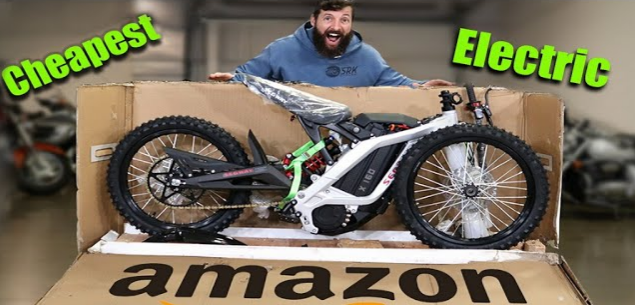
Overview of the General Price Range
Electric dirt bikes can start from as low as $500 for basic, entry-level models, primarily designed for children. Mid-range models suitable for teenagers and adults can cost between $1,000 and $3,000. High-end models, featuring advanced technology and superior performance, can go upwards of $10,000. It’s essential to note that prices may vary based on geographic location, dealer pricing, and availability.
Factors Influencing the Price of Electric Dirt Bikes
Several factors can influence the price of an electric dirt bike. Brand reputation can significantly impact the cost, with well-established brands like KTM and Husqvarna typically commanding higher prices. The bike’s power and performance, battery life, and build quality are other critical determinants. Additionally, the inclusion of advanced features, such as customizable power settings and improved suspension, can also add to the overall cost.
Comparison with Traditional Gasoline Dirt Bikes
When compared to traditional gasoline dirt bikes, electric models can sometimes be more expensive upfront, due to the cost of batteries and electric technology. However, electric dirt bikes offer the advantage of lower operational and maintenance costs, as they require less frequent servicing and no fuel expenses. Over time, this can balance out the initial price difference, making electric dirt bikes a cost-effective alternative for many riders.
In conclusion, while the initial investment in an electric dirt bike can be higher than their gasoline counterparts, the diverse price range and long-term benefits make them an attractive option for a wide range of riders. By considering the influencing factors and comparing different options, buyers can find an electric dirt bike that suits their preferences and budget.
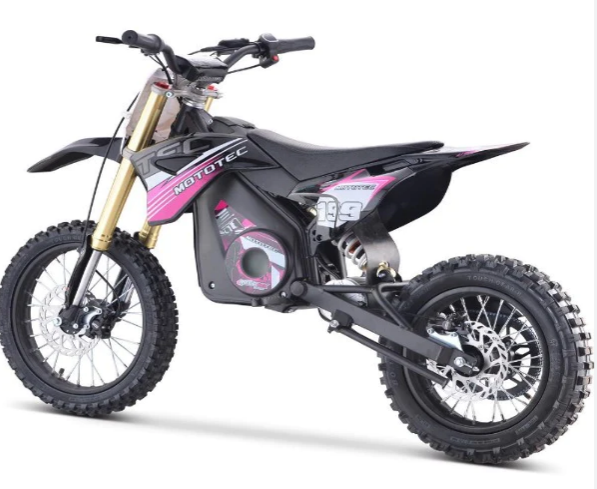
Brand-specific Pricing
The electric dirt bike market is characterized by a variety of brands, each with its unique pricing strategy. Some brands are known for producing premium, high-performance bikes, while others cater to budget-conscious consumers. In this section, we will explore the pricing of popular electric dirt bike brands and understand how brand reputation influences pricing.
Overview of Popular Brands and Their Pricing
- KTM: Known for its high-performance bikes, KTM’s electric dirt bikes are priced starting from $8,000, with premium models reaching up to $11,000. The KTM Freeride E-XC is one of their most popular models.
- Razor: Targeting the budget segment, Razor offers electric dirt bikes starting as low as $500, making it a popular choice for children and beginners.
- Cake: A Swedish brand specializing in electric bikes, Cake offers models priced between $3,000 and $13,000, focusing on sustainability and design.
- Husqvarna: Similar to KTM in reputation, Husqvarna electric dirt bikes start from around $8,000, with high-end models priced up to $12,000.
Comparing Prices Across Different Brands
Comparing the prices across different brands reveals a wide spectrum of options for buyers. Brands like Razor offer affordable options for beginners, while KTM and Husqvarna cater to enthusiasts looking for premium performance and quality. Cake sits in the middle, offering a balance of performance and design at a varied price range.
Brand Reputation and its Impact on Price
Brand reputation plays a crucial role in determining the price of electric dirt bikes. Established brands like KTM and Husqvarna, known for their quality and performance, command higher prices. On the other hand, brands like Razor, which focus on affordability and accessibility, have lower pricing. Buyers often associate a higher price with better quality and performance, making brand reputation a significant factor in purchasing decisions.
In conclusion, brand-specific pricing of electric dirt bikes offers a diverse range for potential buyers. Whether you are looking for an affordable entry-level bike or a premium high-performance model, there is a brand catering to your needs and budget. Understanding the influence of brand reputation on pricing can help buyers make informed decisions and find the best value for their investment.
Model-specific Pricing
When delving into model-specific pricing for electric dirt bikes, one can observe a variety of options and features that differentiate each model, thereby influencing the price. It is essential to explore how different models are priced, compare various models, and understand the impact of special features on the price to make an informed buying decision.
How Different Models Affect Pricing
Different models of electric dirt bikes come with varying specifications, power, battery life, and features, which substantially affect their pricing. For example, the KTM Freeride E-XC is priced around $10,499, given its advanced technology and superior performance. In contrast, a model like the Razor MX350, designed for younger riders, is considerably more affordable, priced around $329 due to its lower power and simpler features.
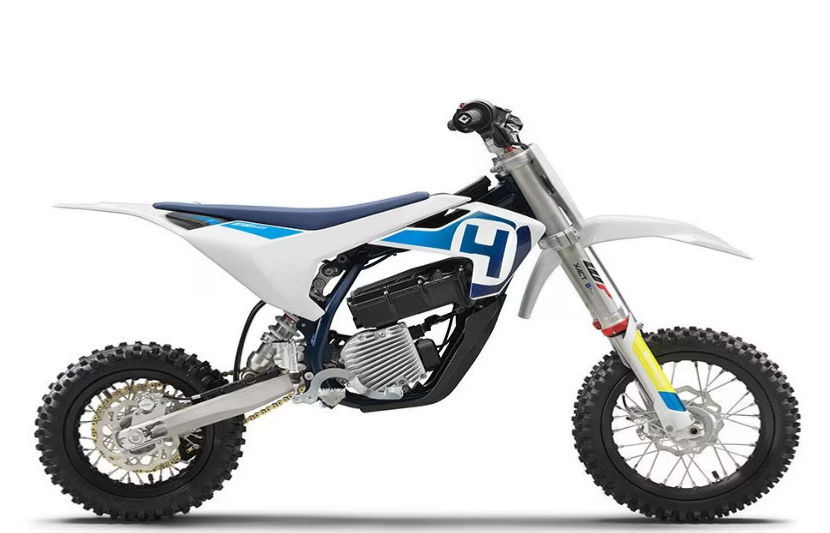
Comparison of Prices Among Various Models
Comparing the prices among various models reveals a wide range of options for every type of rider and budget. Entry-level models from brands like Razor are available at prices below $500, providing an accessible option for beginners. Mid-range models, offering a balance between performance and price, can be found between $1,000 and $5,000. High-end models from reputed brands like KTM and Husqvarna can exceed $10,000, offering advanced features and superior performance for professional riders.
Special Features and their Impact on Price
Special features and technological advancements significantly contribute to the pricing of electric dirt bikes. Models equipped with advanced suspension systems, customizable power settings, and longer battery life are typically priced higher. For instance, the Segway X260 priced at around $4,999, boasts several advanced features, including a smartphone app for performance customization, which justifies its higher price point compared to more basic models.
In conclusion, understanding the nuances of model-specific pricing is crucial for prospective buyers. The diversity in models caters to a broad spectrum of riders, from beginners to professionals, each offering a unique combination of features and pricing. By comprehensively comparing different models and assessing the value of special features, riders can identify the electric dirt bike that best aligns with their needs and budget.
Used Electric Dirt Bike Pricing
The market for used electric dirt bikes is thriving, offering cost-effective alternatives for enthusiasts looking to experience the thrill of riding without breaking the bank. In this section, we delve into the used electric dirt bike market, examine price depreciation over time, and offer tips for those considering buying a used model.
The Market for Used Electric Dirt Bikes
The used electric dirt bike market is burgeoning, fueled by riders upgrading to newer models and a growing interest in eco-friendly alternatives. Platforms like Craigslist, eBay, and Facebook Marketplace have become popular avenues for buying and selling used electric dirt bikes. Depending on the brand, model, age, and condition, prices can range from a few hundred to several thousand dollars. For example, a used Razor MX350 might be available for under $200, while a well-maintained KTM Freeride E-XC could command a price close to $7,000.
Price Depreciation Over Time
Price depreciation is a key factor to consider when exploring used electric dirt bikes. Typically, electric dirt bikes experience the most significant depreciation in the first year, with a decline of around 20-30%. After the initial drop, the rate of depreciation tends to slow down, making 2-3-year-old bikes a good balance between value and modern features. Factors such as the bike’s overall condition, mileage, battery health, and maintenance history also play a crucial role in determining its resale value.
Tips for Buying a Used Electric Dirt Bike
When buying a used electric dirt bike, conducting thorough research and inspecting the bike are essential steps. Here are some tips to ensure a smooth buying experience:
- Research the Model: Familiarize yourself with the model’s original specifications, features, and common issues. This information will help you assess the bike’s condition and value accurately.
- Inspect the Bike: Check for signs of wear, damage, or modifications. Pay close attention to the battery, as it is a critical component of electric dirt bikes.
- Verify Maintenance History: A well-maintained bike is likely to be more reliable and have a longer lifespan. Ask the seller for maintenance records and receipts.
- Test Ride: If possible, take the bike for a test ride to evaluate its performance and handling.
- Negotiate the Price: Based on your findings, don’t hesitate to negotiate the price with the seller.
By considering the market dynamics, understanding price depreciation, and following practical buying tips, prospective buyers can navigate the used electric dirt bike market effectively and find a ride that suits both their preferences and budget.
Customization and Additional Features
For those looking to enhance the performance, aesthetics, or functionality of their electric dirt bikes, customization and additional features are the way to go. While adding a personal touch, it’s essential to understand the costs involved, the variety in pricing of accessories, and how these modifications can influence the bike’s resale value.
Cost of Customizing Electric Dirt Bikes
Customizing an electric dirt bike can vary widely in cost, depending on the extent and type of modifications. Simple aesthetic changes like custom decals or grips can start as low as $20, while performance upgrades such as advanced suspension systems or power enhancements can run into the thousands. For example, upgrading to a high-performance Öhlins suspension system could cost around $2,000, significantly enhancing the bike’s handling and ride comfort.
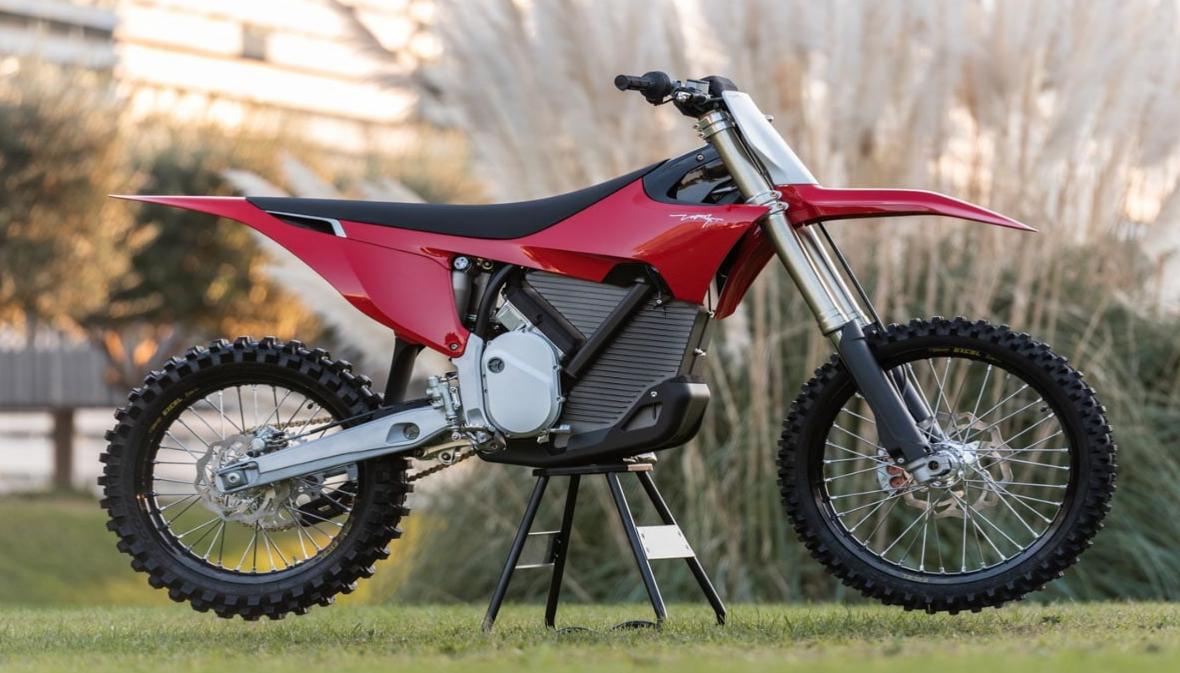
Price of Additional Features and Accessories
Investing in additional features and accessories can elevate the riding experience, but it comes with associated costs. Protective gear like specialized helmets and gloves can range between $50 and $500, depending on the brand and quality. Additional storage options, enhanced lighting systems, or GPS devices can also add to the cost, with prices ranging from $100 to over $1,000. It’s important for riders to assess their needs and budget before opting for these add-ons.
How Customization Affects the Resale Value
While customization can make a bike more suited to the rider’s preferences, it does not always translate to an increase in resale value. In fact, highly personalized modifications might narrow the pool of potential buyers, as they may prefer a bike closer to its original state. However, performance upgrades that enhance the bike’s functionality and desirability, such as improved suspension or braking systems, can potentially add value. It’s advisable for owners to keep any replaced original parts, as including them in the sale can make the bike more appealing to a broader audience.
In conclusion, while customization and additional features can significantly enhance the enjoyment and functionality of an electric dirt bike, they also come with varying costs. Riders should carefully consider their customization choices, keeping in mind both their personal preferences and the potential impact on the bike’s future resale value. By balancing individual needs with financial considerations, bike owners can create a personalized riding experience that aligns with their budget and riding style.
Maintenance and Operational Costs
Assessing the maintenance and operational costs is crucial for any electric dirt bike owner. These costs play a significant role in the overall affordability and sustainability of owning such bikes. Here, we will provide an overview of the maintenance costs, discuss their impact on overall cost, and compare them with the maintenance costs of traditional gasoline bikes.
Overview of Maintenance Costs
Electric dirt bikes generally have lower maintenance costs compared to their gasoline counterparts. The absence of an internal combustion engine means fewer moving parts, reducing the frequency and cost of repairs. Routine maintenance primarily involves the braking system, tires, and suspension, with costs varying depending on usage, brand, and model. For example, replacing brake pads can cost around $20-$50, while a new set of tires can range from $70 to $150. Additionally, while the battery is a low-maintenance component, it may need replacement after several years of use, which can cost between $200 and $1,000, depending on the bike’s model and battery type.
Impact of Maintenance on Overall Cost
The lower maintenance requirements of electric dirt bikes can significantly reduce the overall cost of ownership. While the initial purchase price may be higher compared to gasoline bikes, the savings on maintenance and operational costs can offset this difference over time. Riders also benefit from reduced time and effort spent on maintenance tasks, contributing to a more hassle-free ownership experience. However, it’s essential to account for potential battery replacement costs, as this can be a substantial expense, depending on the model and battery type.
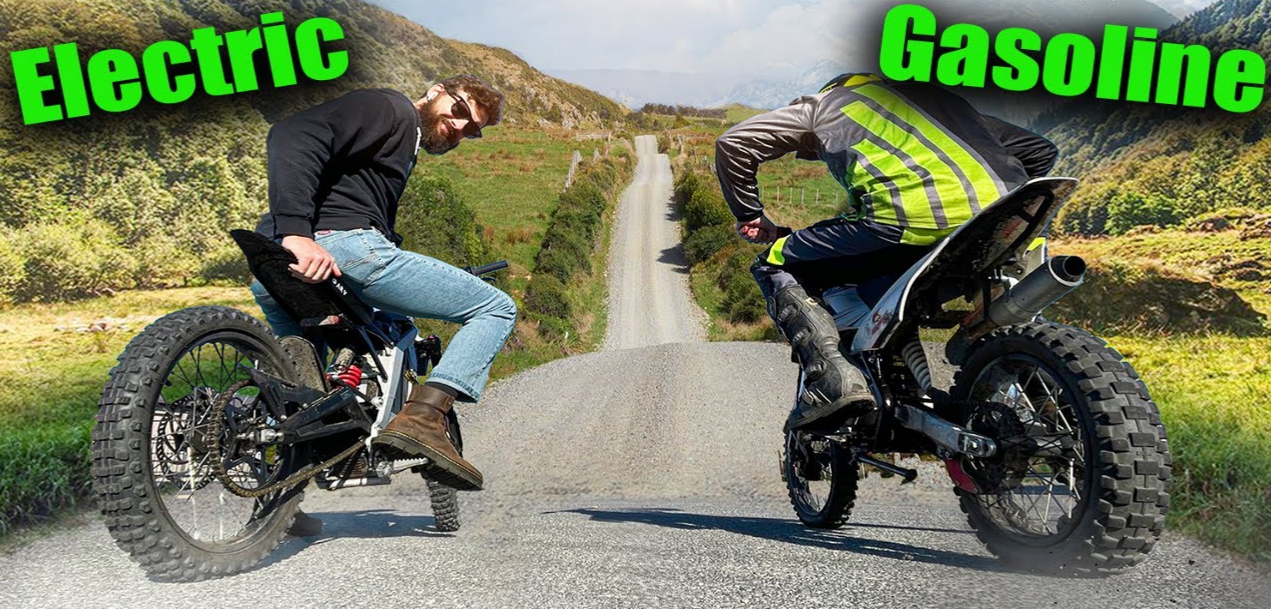
Comparison with Maintenance Costs of Gasoline Bikes
When comparing with gasoline bikes, electric dirt bikes generally offer lower maintenance and operational costs. Gasoline bikes require regular engine maintenance, oil changes, and fuel, which can add up over time. According to AAA, the average maintenance cost for a gasoline-powered vehicle is around 8.94 cents per mile, while electric vehicles, including bikes, tend to be lower. However, the actual savings will depend on factors such as usage, fuel prices, electricity rates, and individual maintenance habits.
In conclusion, understanding the maintenance and operational costs of electric dirt bikes is vital for potential buyers. While these bikes typically offer lower maintenance costs compared to gasoline bikes, it’s important for owners to stay informed about the various costs involved and consider them in their overall budgeting. By doing so, riders can enjoy a more economical and environmentally friendly alternative to traditional dirt biking.
